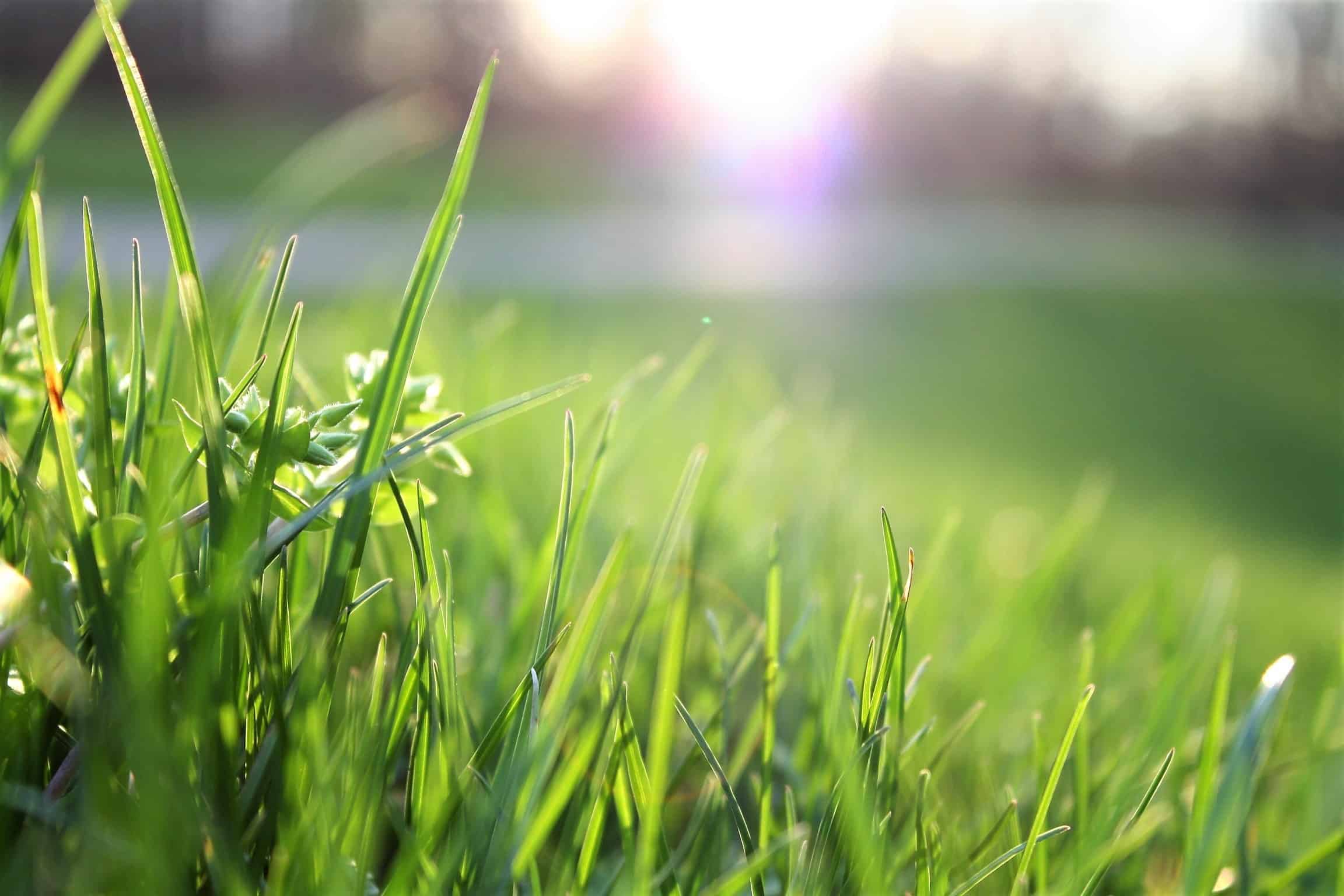
Soil organic matter (SOM) is the organic matter component of soil, consisting of plant and animal remains at various stages of decomposition, cells and tissues of soil microbes, and substances that soil microbes synthesize (Wikipedia).
In order to save the world from self-destruction, we need to move towards sustainable carbon friendly farming. Many farms in Kenya have already embarked on this journey. Every little bit counts! What can we do to maximize our contribution to save the world? Let’s start with the basics.
Global warming:- a gradual increase in the overall temperature of the earth’s atmosphere generally attributed to the greenhouse effect caused by increased levels of carbon dioxide, CFCs, and other pollutants.
Global warming is causing climate change: a change in global or regional climate patterns, in particular a change apparent from the mid to late 20th century onwards and attributed largely to the increased levels of atmospheric carbon dioxide produced by the use of fossil fuels.
Soil has a huge potential to store carbon as soil organic carbon (SOC) in organic matter and mitigate the rising carbon dioxide levels in the air.
Theoretically, there is enough potential globally in agriculture to reverse climate change. Plants absorb carbon dioxide from the air naturally and effectively through photosynthesis. Plant products decay and part of this carbon is stored in the soil as SOC. This process is known as soil carbon sequestration. Soil organic carbon is quoted in Mg/ha (tonne/ha or 103kg/ha).
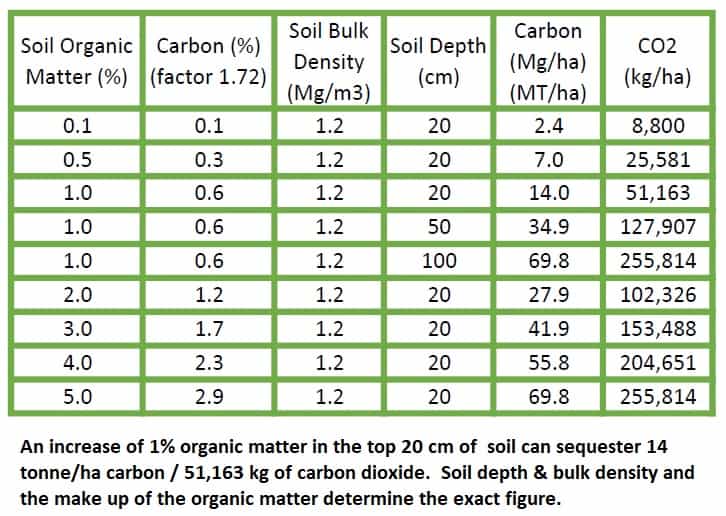
Bad agricultural practices can result in emissions of carbon dioxide and other greenhouse gases. The percentage of SOC reduces and the soil structure breaks down. Soil erosion, tillage, over-application of inorganic fertilizers, fallow land, mono cropping, waterlogging, compaction, all reduce the SOC in the soil.
Most of our farmers have a soil health program in place and can demonstrate (through scientific analysis!) that they have put procedures in place to reduce their carbon footprint and increase the SOC levels. And, if they haven’t , they should. It is a requirement for most GAP Certification schemes. Soils in Kenya have organic matter levels that range from non-existent to about 8%, depending on soil, farming type and climatic conditions.
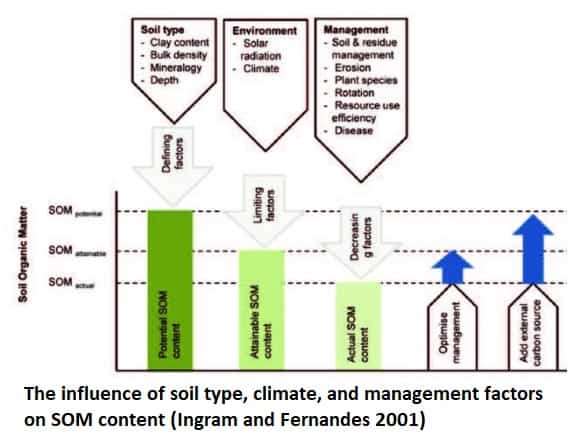
Take soil samples annually and submit to the laboratory for a complete soil analysis – to include organic matter %, CEC, %N and C:N ratio. Plot the levels on a graph – Increasing OM% and CEC are good, a C:N ratio of 10-25, with an optimum of 15, promotes maximum microbial activity (<10 = low carbon and less energy for the microbes, >25 = Nitrogen and micronutrient lock up).
Soil Organic Matter (SOM) stimulates microbial activity. This can be measured in a Soil Life Test at CropNuts. A living active soil full of microbes increases fertilizer use efficiency and reduces root diseases. The Nitrogen, Phosphorous and Sulphur cycles in the soil are all dependant on organic matter and microbial activity. Microbial activity releases nutrients from organic matter to the plants. Organic matter can be used to supply plant nutrients. So, less fertilizers need to be applied for the same yield. Less inorganic fertilizers = less carbon credits and less emissions.
Organic matter breaks down to stable humus compounds that increase the CEC and soil fertility, increasing the ability of soils to hold onto, store and release plant nutrients and water. Organic matter improves the crumb structure of soil, by promoting aggregate stability. This improves water infiltration, reduces flooding and erosion potential, promotes gas exchange, encourages better deeper root penetration, better nutrient uptake.
Organic matter can ‘buffer’ soil pH and high salinity and sequester heavy metals away from the plant roots. Organic matter stimulates microbial activity which can break down pesticide residues, antibiotics and human pathogens.
Soil organic matter is a result of inputs minus losses and is influenced by soil type, climate, rainfall and soil management practices. Soil organic matter increases when inputs are greater than losses and vice versa. Micro-organisms digest up to 90% of the organic carbon added to the soil. Up to 30% of organic inputs into the soil can eventually be converted into stable carbon. Biochar is a very stable carbon source and is very good for the soil.
Soil type – organic matter breaks down quickly in coarse and sandy textured soils, while clay particles in the soil bind more closely to SOM – protecting it from being lost or broken down. Clay soils therefore have a higher SOM potential.
Rainfall is a major driver for plant growth and biomass accumulation. Soil moisture promotes microbial activity and SOM breakdown.
Temperature – soils respire faster and release more carbon dioxide at higher temperatures. Reduce soil temperatures with organic mulches. Soil organic matter cycles continuously between living, decomposing and stable fractions in the soil – top up organic matter levels regularly.
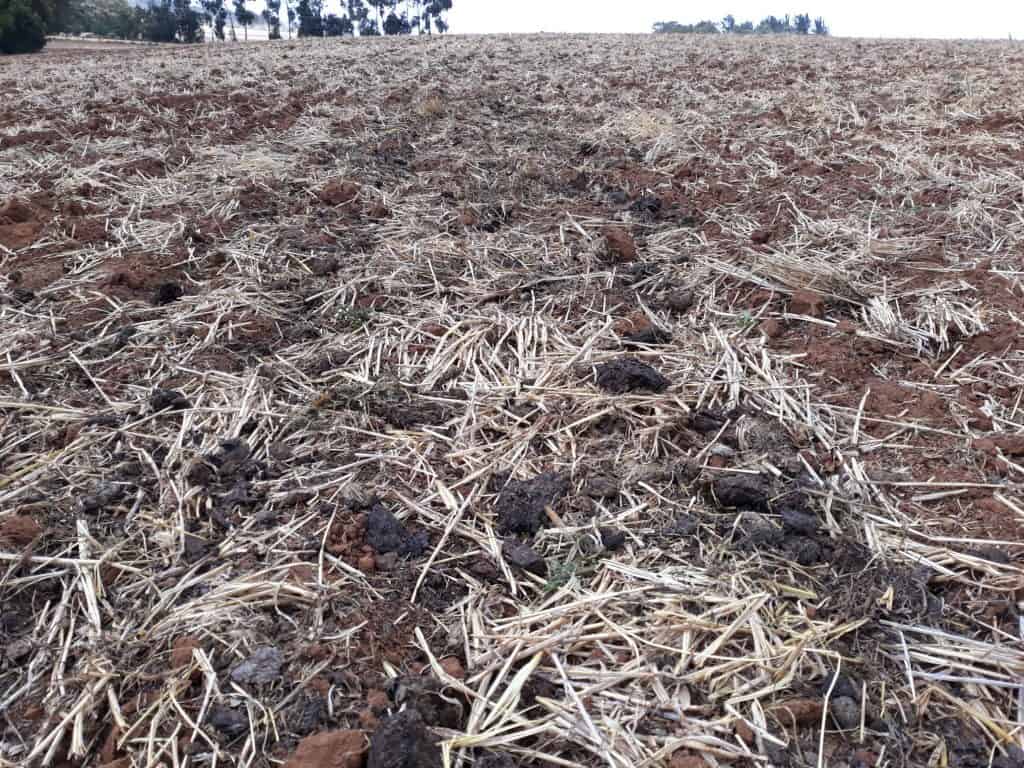
Maximize crop and pasture biomass with better water and nutrient efficiency. A large proportion of the SOM is in the top 10 cm – so protect the soil from erosion. Tillage of soils exposes previously protected organic matter to microbial activity. Reduce tillage and top up organic matter levels after tillage.
Add off farm organic. Plant disease, low moisture levels, flooded anaerobic soils, compacted soils, nutrient in-balances decrease plant growth, plant decomposition and organic matter levels. Balance soil pH and bases.
Grow green manure and cover crops, practice crop rotation, encourage deep roots, incorporate crop residues. Inoculate with humus building micro-organisms like mycorrhiza. Do not burn crop residues! Never leave soils fallow. Production and use of biochar – this is a very stable form of carbon and is very good for the soil.
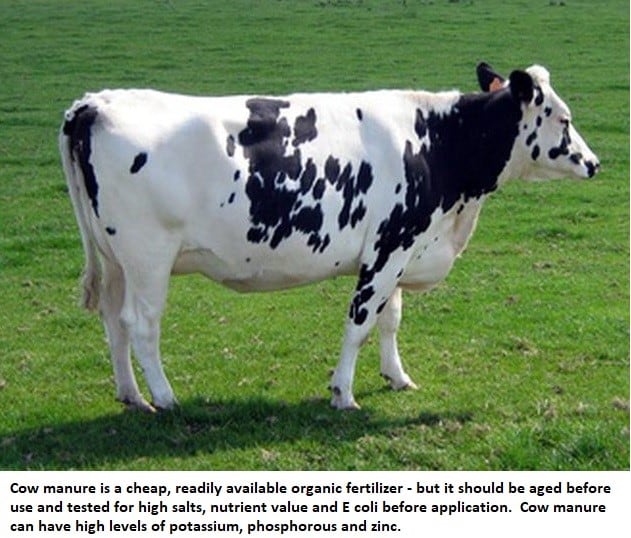
Mixed farming or the incorporation of animal waste into soils (but not overgrazing). Buy in organic fertilizers from sustainable sources – we have many very good producers right here in Kenya!
Thus, it goes without saying, that soil organic matter not only improves food security due to higher yields, lower crop losses and better storage potential, but also food safety due to higher nutritional density and lower risk from pesticides, heavy metals, human pathogens. All this AND a positive carbon sink for slowing and reversing global warming. So many farmers around the world are being affected by climate change and going out of business. There is no time for apathy, now is the time to be responsible!
To know more about monitoring carbon and organic matter levels in your soils, and developing a scientifically based soil health program please contact us on support@cropnuts.com
Till next time,
Happy farming!
Ruth

Ruth Vaughan is the Technical Director at Crop Nutrition Laboratory Services Ltd. (CROPNUTS). Ruth is also a contributing author to Kenya’s leading horticulture magazines such as the HortFresh Journal, HortiNews and Floriculture. Ruth is a great believer in soil health, organic matter, biochar and carbon sequestration as a way to alleviate climate change and increase food security. Loves visiting farmers and seeing all the different farming methods
Order our services and get to know how to improve your soil for better yeilds.